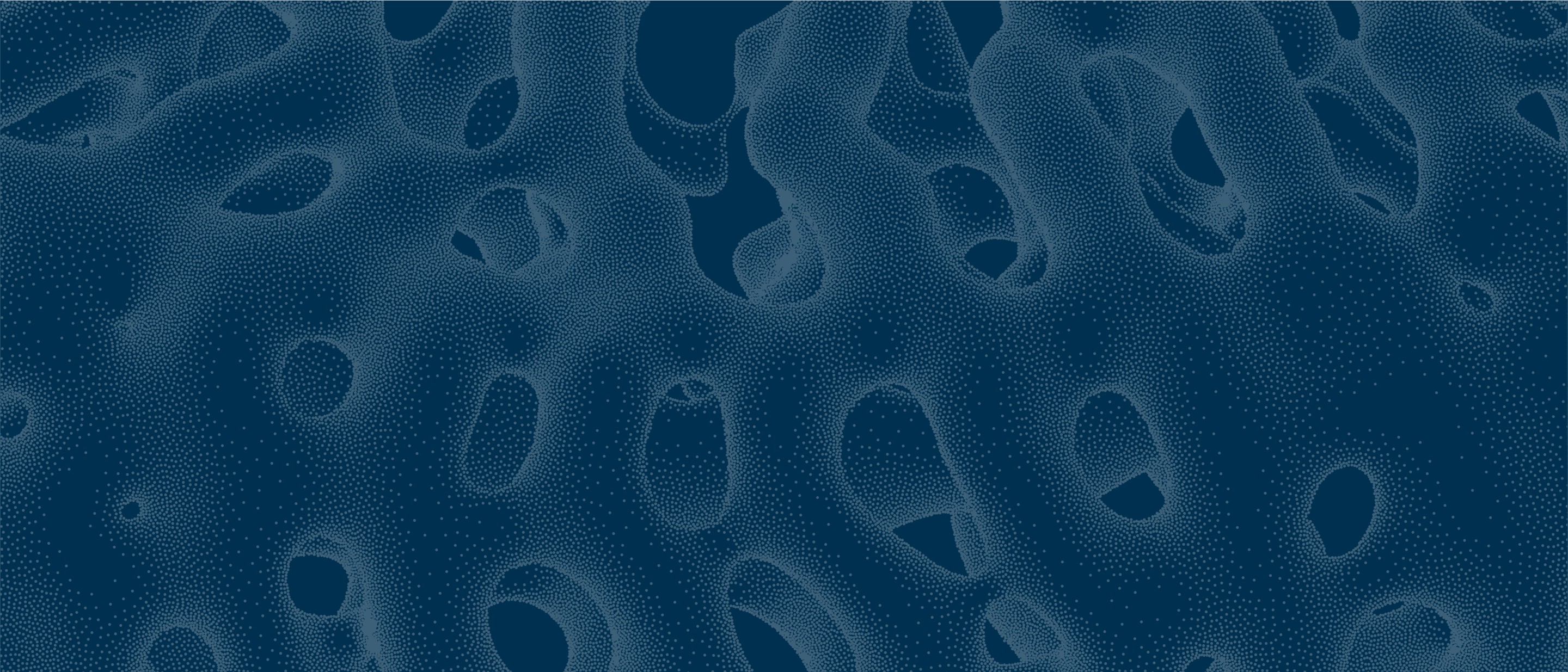With more than 40 research groups across six departments Chalmers has reached an outstanding visibility worldwide for the graphene research. The explored scientific questions cover fundamental research including physics, chemistry, and material science and application-oriented research aiming at the design of novel technologies.
Graphene Centre research on atomically thin 2D materials
In 2004 and 2005 mechanical exfoliation of an entire class of atomically thin nanomaterials was demonstrated at the University of Manchester, which initiated a new research field. The most prominent representative of these materials is graphene consisting of a single layer of carbon atoms. Graphene is the material of superlatives: It is the thinnest, best at conducting heat, enormously strong but still elastic. It conducts electricity extremely well. It is also transparent, as opposed to most other conductors, and it consists solely of carbon – a common raw material all over the world.
The most studied class of two-dimensional materials beyond graphene are monolayer transition metal dichalcogenides (TMDs). They consist of covalently bound layers of transition metal atoms sandwiched between two layers of chalcogen atoms. They exhibit similarly to graphene remarkable optical, electronic, chemical thermal and mechanical properties suggesting technological application in flexible and transparent nanoelectronics. In particular, the family of these truly two-dimensional materials possesses a strong light-matter and Coulomb interaction giving rise to a fascinating exciton physics including the appearance of optically inaccessible dark excitonic states.
Progress in growth techniques has opened up new avenues for the design of van der Waals heterostructures consisting of vertically stacked layered materials. The dream is the realization of an on-demand design of tailored materials with controllable properties. The strong Coulomb interaction gives rise to the formation of interlayer excitons, where the involved electrons and holes are spatially separated in different layers. Furthermore, TMD monolayers tend to form type-II heterostructures, where the conduction band minimum is located in one layer, while the valence band maximum can be found in the other layer. This facilitates efficient electron-hole separation after optical excitation, which is promising for light detection and harvesting.
As the coordinating university of the Graphene Flagship Chalmers has already reached an outstanding visibility worldwide for the graphene research. Presently more than 40 research groups across six different departments are doing research on graphene and related 2D materials. To become even stronger and to exploit the hidden synergy effects, we have collected all 2D materials research under one umbrella – the Graphene Centre at Chalmers. The research is divided in five focus areas:
Fundamentals
Theoretical and experimental research within the areas of optics, transport, non-equilibrium dynamics as well as synthesis of 2D materials. The aim is to uncover elementary processes and to exploit the insights to predict novel technology concepts.
Multi-functional composites and coatings Exploit the remarkable properties of 2D materials (light, flexible, strong, excellent conductivity of heat and current) for multi-functional composite and coating applications in automotive, airplane, packaging and related industries.
Electronics and photonics
Explore the possibilities for the design high performance flexible and ultrathin electronics and photonics devices based on 2D materials including light-emitting, light-detecting, and light-amplifying devices.
Energy applications
Usage of layered 2D materials for efficient energy conversion in solar cells and energy storage in batteries.
Bio applications
Exploit the optimal surface-to-volume ratio to design highly sensitive biosensors and explore the possibility to apply 2D materials as antibacterial coatings.
Publications
Find all publications made by researchers at the Graphene Centre at Chalmers in the research database.
